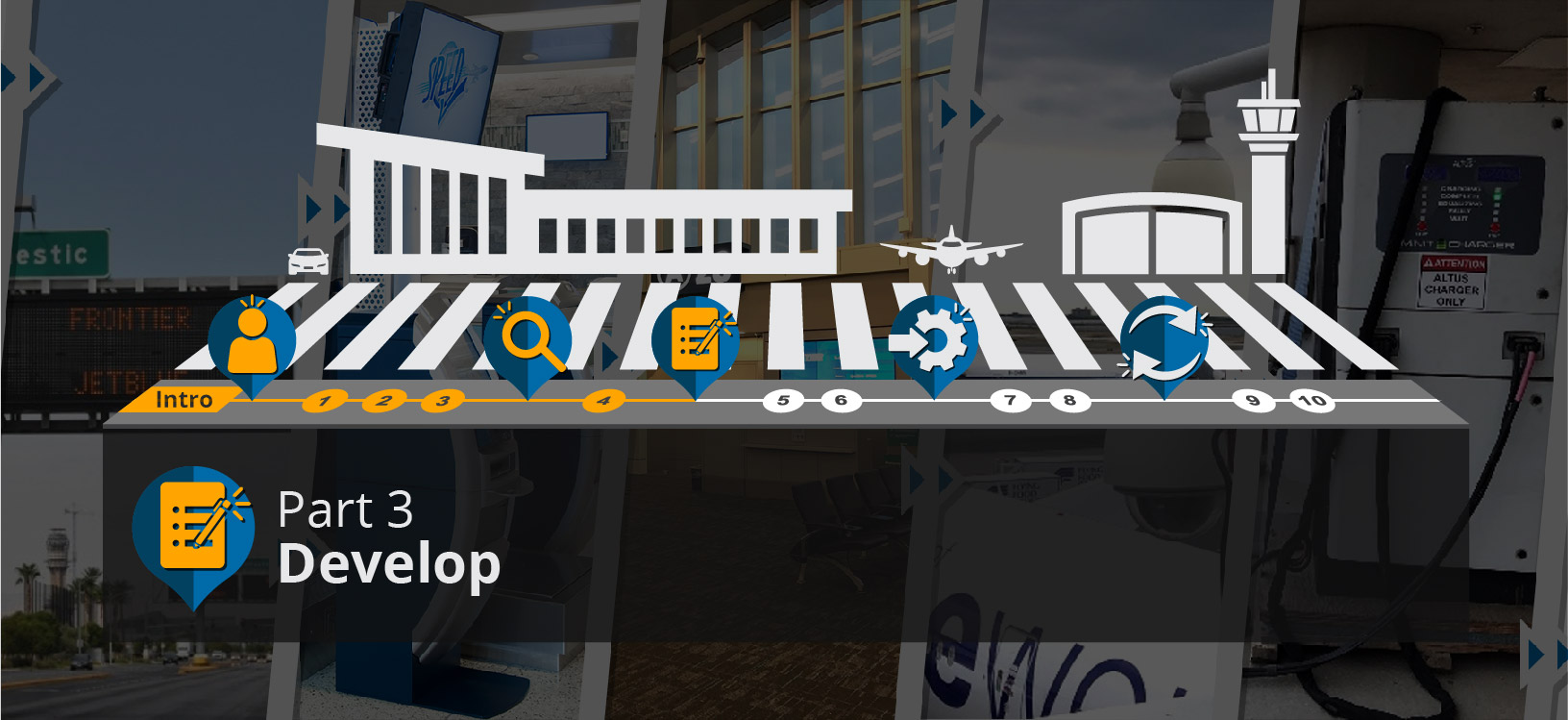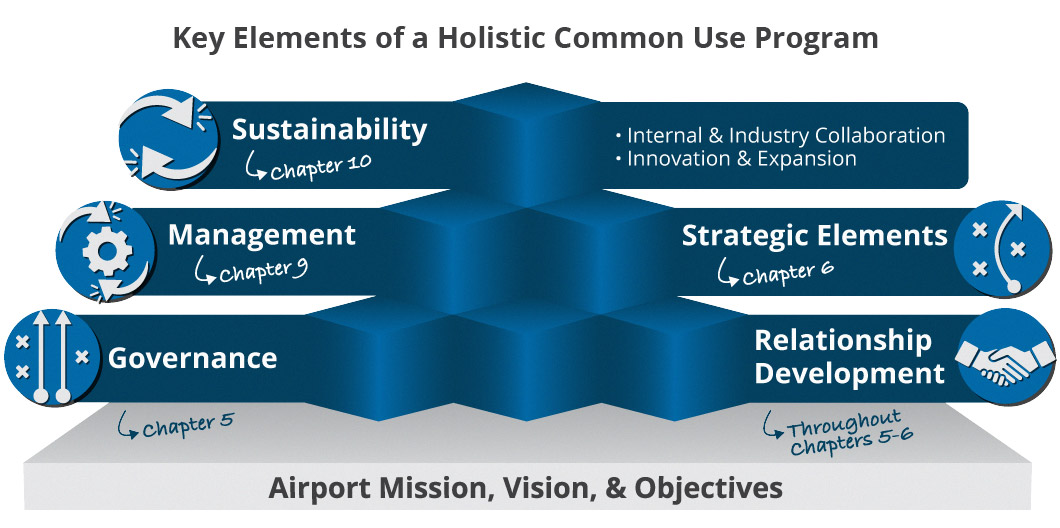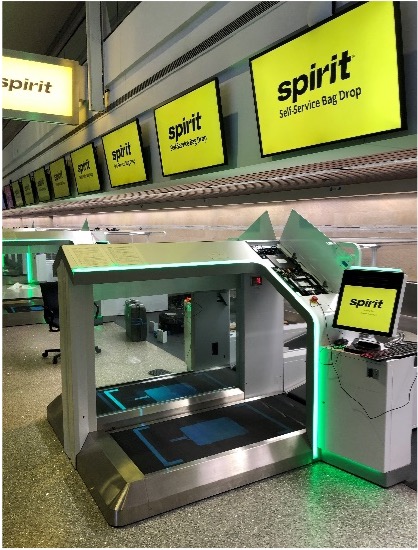Even though the industry has relaxed the six-foot distancing requirement, virtual queuing has shown itself to be a tremendous customer service with the potential for improved operational efficiencies. Equally important to the success of virtual queuing is the adoption of airlines into the program. Even with the great passenger acceptance of these programs, and the added customer service and potential new revenue streams virtual queuing offers, in all cases, after the trial period is over, passenger use drops. Airports are quickly learning that to sustain and grow passenger use, they need to provide airlines with an easy way of identifying and understanding all of the various airport virtual queuing opportunities so they can easily connect their passengers into the program. This also applies to other users, such as transportation network companies (such as Uber and Lyft). In other words, virtual queueing works best in a common use approach, where all stakeholders are heavily involved, including airlines, federal agencies, and solution providers. Recognizing this, the ACI-NA BIT VQ working group, in cooperation with at least three airports and three airlines, are embarking on an interoperability test across airports/airlines/solutions. These tests will help prove out the common use applications needed to mature virtual queuing at airports.





